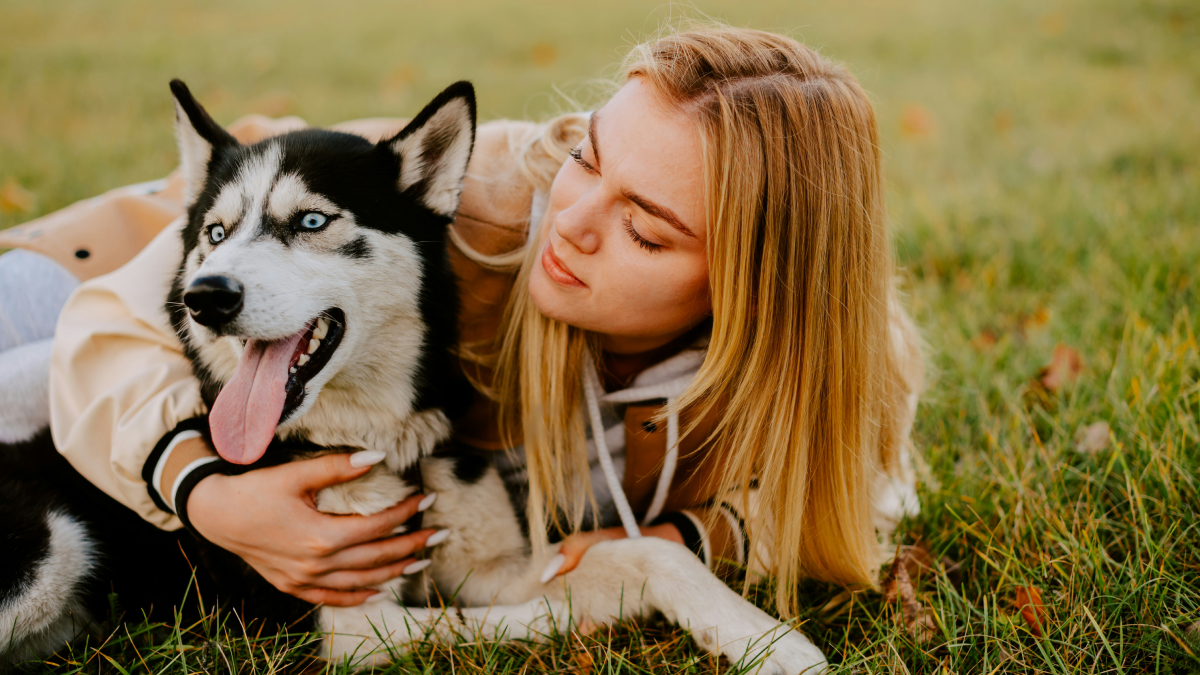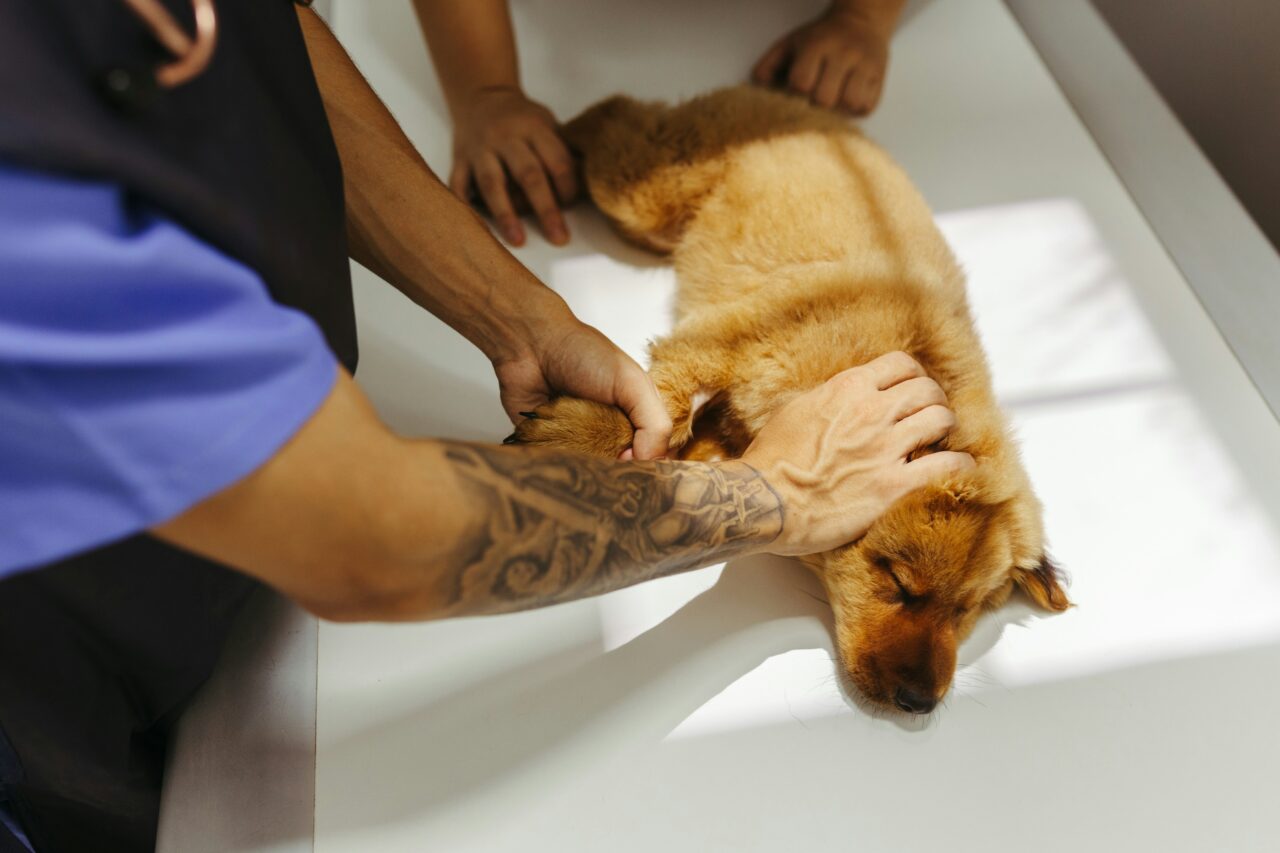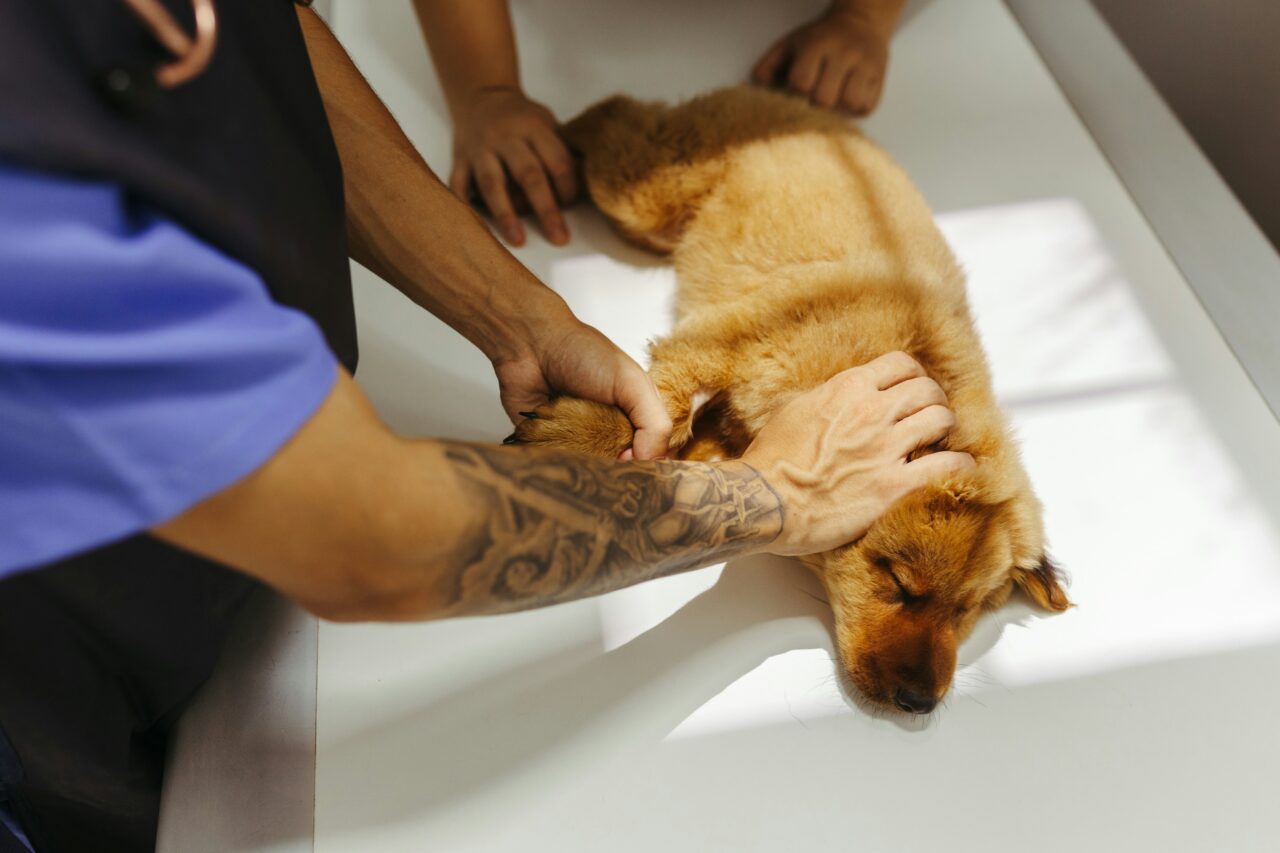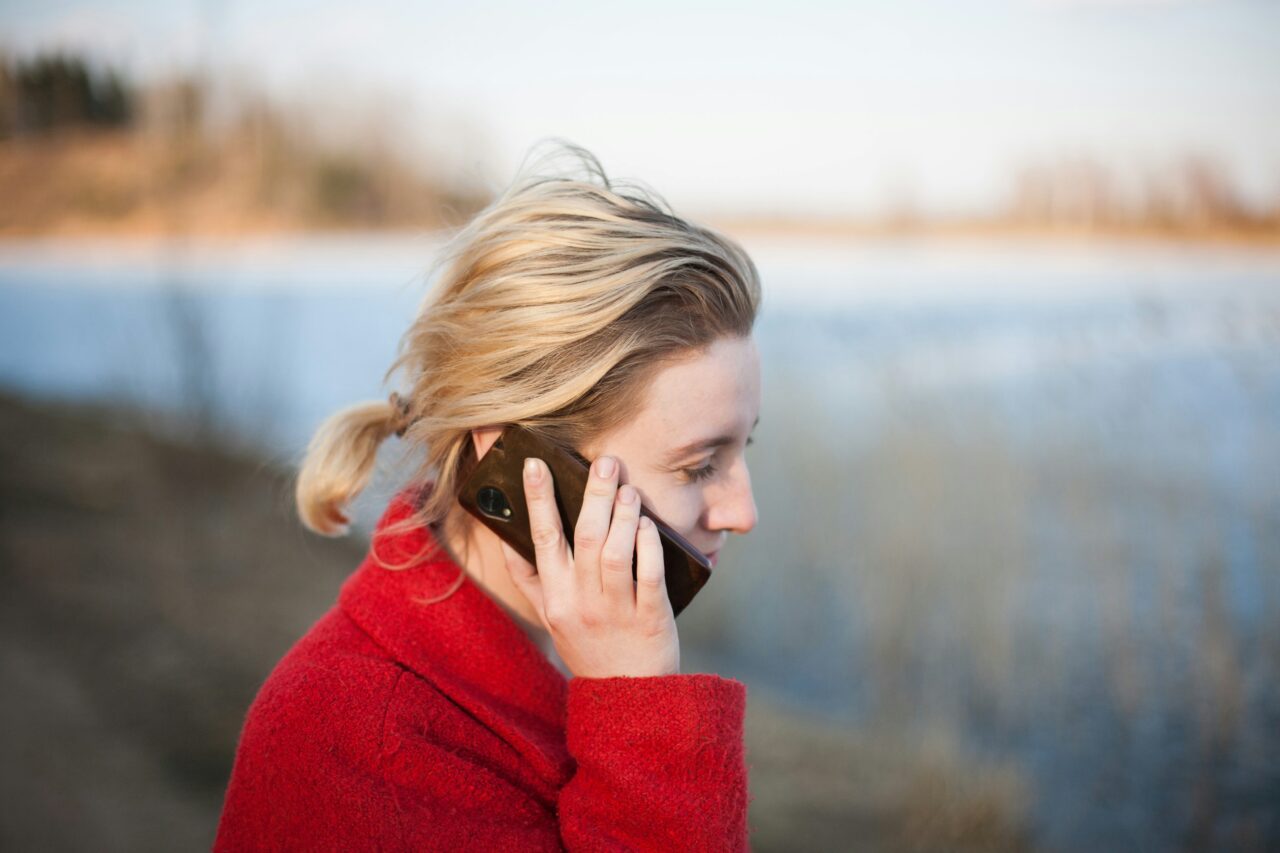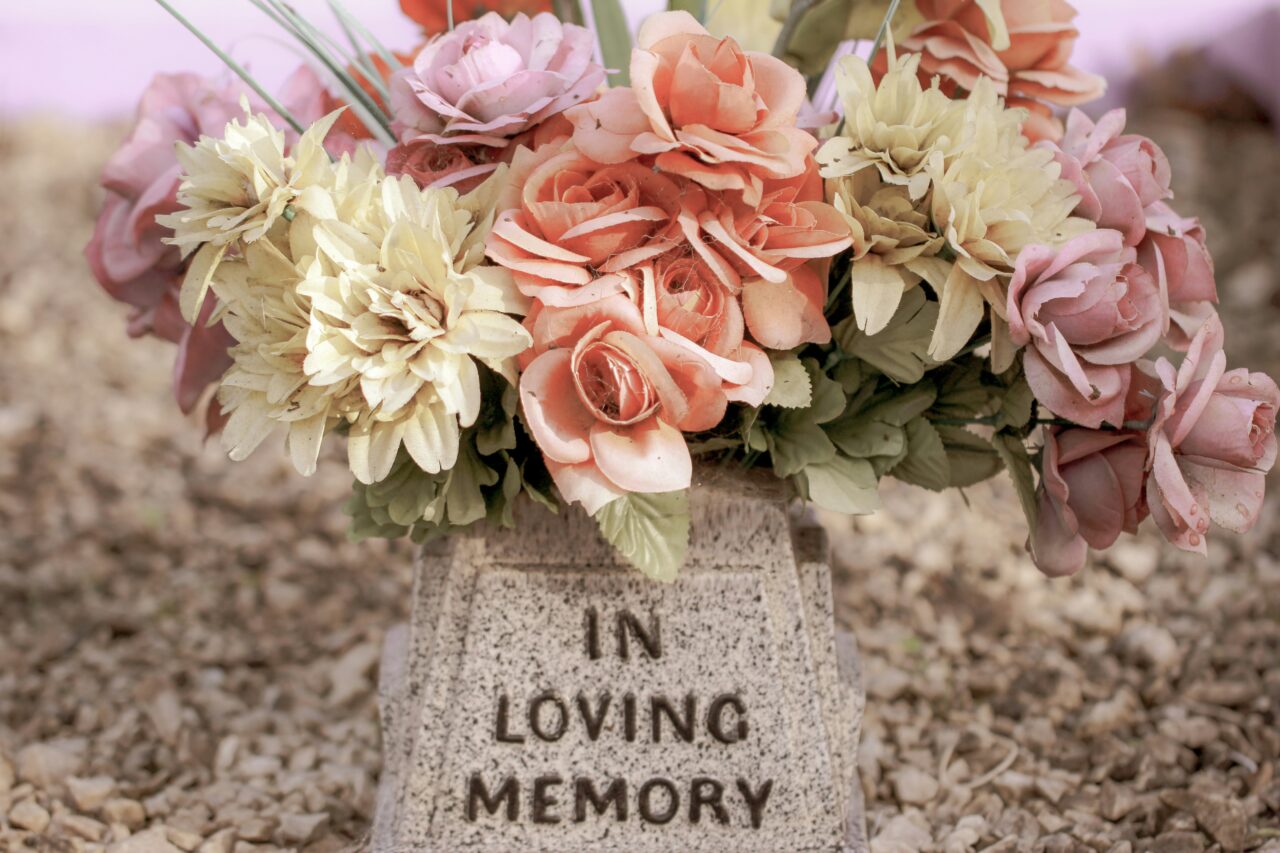📖 Table of Content:
- 1. Take a Moment to Grieve
- 2. Confirm That Your Dog Has Passed
- 3. Contact Your Veterinarian
- 4. Handle the Body with Care
- 5. Decide on Cremation or Burial
- 6. Check Local Laws and Regulations
- 7. Arrange Transportation If Needed
- 8. Notify Your Pet’s Microchip Registry
- 9. Create a Memorial or Tribute
- 10. Seek Support If Needed
Losing a dog is an emotional and heartbreaking experience, and when it happens at home, the weight of responsibility can feel overwhelming.
In the midst of grief, it’s easy to feel unprepared for the practical steps that need to follow. While it’s a deeply personal and emotional time, knowing what to do can help you navigate the situation with dignity and care.
Many pet owners don’t anticipate the logistical aspects of dealing with a pet’s passing at home. From legal considerations to emotional closure, there’s more involved than just saying goodbye. Understanding these steps in advance can provide clarity and ensure you honor your beloved dog in the way they deserve.
These tips will help you handle the situation with grace, ensuring your furry friend’s memory is preserved and their departure is handled with care.
1. Take a Moment to Grieve
The first step is allowing yourself the time to process your emotions.
Losing a pet is like losing a family member, and it’s okay to feel a range of emotions, from sadness to disbelief. Sit with your dog for a moment, if you’re able, to say your goodbyes and honor the bond you shared. This moment of reflection can help provide closure as you move forward with the necessary steps.
Remember, it’s perfectly normal to feel overwhelmed, and there’s no “right” way to grieve.
2. Confirm That Your Dog Has Passed
It might feel uncomfortable, but it’s essential to confirm your dog has passed away. Sometimes, a pet in a deep sleep or unconscious state can appear lifeless, so gently check for signs of breathing or a heartbeat.
Placing your hand on their chest can help you determine if there’s any movement. If you’re unsure, contacting your veterinarian for guidance is a good step.
Being certain can bring clarity and help you proceed with the next steps.
3. Contact Your Veterinarian
Your veterinarian is an invaluable resource during this time. Even though your dog has passed at home, a vet can guide you on what to do next, including how to handle their remains.
They may offer cremation or burial services or recommend local providers for these arrangements. Additionally, they can help with any legal requirements, such as documentation if it’s necessary in your area.
Don’t hesitate to lean on their expertise for support during this difficult time.
4. Handle the Body with Care
It’s important to handle your dog’s body respectfully and safely.
If you’re not ready to proceed immediately with cremation or burial, you may need to store the body temporarily. Wrap your dog in a blanket or towel and place them in a cool area, such as a basement or garage, to slow the decomposition process. Using plastic sheeting beneath the blanket can prevent any leakage.
Always wear gloves and wash your hands thoroughly afterward for health and safety.
5. Decide on Cremation or Burial
One of the most significant decisions you’ll face is how to honor your pet’s remains.
Cremation is a popular choice, with options for communal or private cremation, depending on whether you’d like your dog’s ashes returned. If you prefer burial, you’ll need to check local regulations regarding pet burials, as some areas have restrictions.
Choose a resting place that feels meaningful to you, whether it’s in a pet cemetery or your own backyard. Take your time with this decision to ensure it aligns with your feelings and values.
6. Check Local Laws and Regulations
Every region has specific rules regarding the handling and disposal of pet remains. Some areas may prohibit backyard burials or have requirements for pet cremation.
Contacting your local municipality or animal control office can clarify what’s allowed in your area. This step ensures you’re complying with the law while honoring your pet in a respectful and lawful way.
Being informed can prevent additional stress during an already difficult time.
7. Arrange Transportation If Needed
If you’ve decided on cremation or professional burial services, you’ll need to arrange transportation for your dog’s remains.
Some veterinary clinics or pet crematories offer pickup services, which can be helpful during an emotional time. Alternatively, you may need to transport your dog yourself, so ensure they are securely wrapped and placed in a suitable carrier or box. Taking these precautions will make the journey safer and more respectful.
It’s okay to ask for help from a trusted friend or family member if this feels too difficult to do alone.
8. Notify Your Pet’s Microchip Registry
If your dog was microchipped, it’s important to notify the registry of their passing. This step helps prevent unnecessary reminders, such as renewal notices or lost pet alerts, which can be painful during your grieving process.
Most registries have online or phone options to update your dog’s status. It’s a small but meaningful step to close this chapter. Additionally, it ensures the registry records are accurate, should you decide to adopt another pet in the future.
9. Create a Memorial or Tribute
Honoring your dog’s memory can be a healing part of the grieving process.
Consider creating a memorial, such as planting a tree, framing a favorite photo, or crafting a pawprint keepsake. Some pet owners find comfort in holding a small ceremony or writing a letter to their pet. These actions help you celebrate the life of your furry friend and keep their memory alive.
There’s no right or wrong way to create a tribute—choose something that feels meaningful to you.
10. Seek Support If Needed
Grieving the loss of a pet can be a lonely experience, but you don’t have to go through it alone. Talk to friends or family members who understand your bond with your dog. If you’re struggling, consider joining a pet loss support group or speaking with a counselor who specializes in grief.
Sharing your feelings can provide comfort and remind you that your emotions are valid. Remember, it’s okay to ask for help and take the time you need to heal.
Losing a dog is never easy, but being prepared for these steps can make the process a little less overwhelming. By addressing both the practical and emotional aspects of your dog’s passing, you can honor their memory while giving yourself the space to grieve.
Your beloved pet was an important part of your life, and taking these steps ensures their legacy is treated with the love and respect they deserve.
